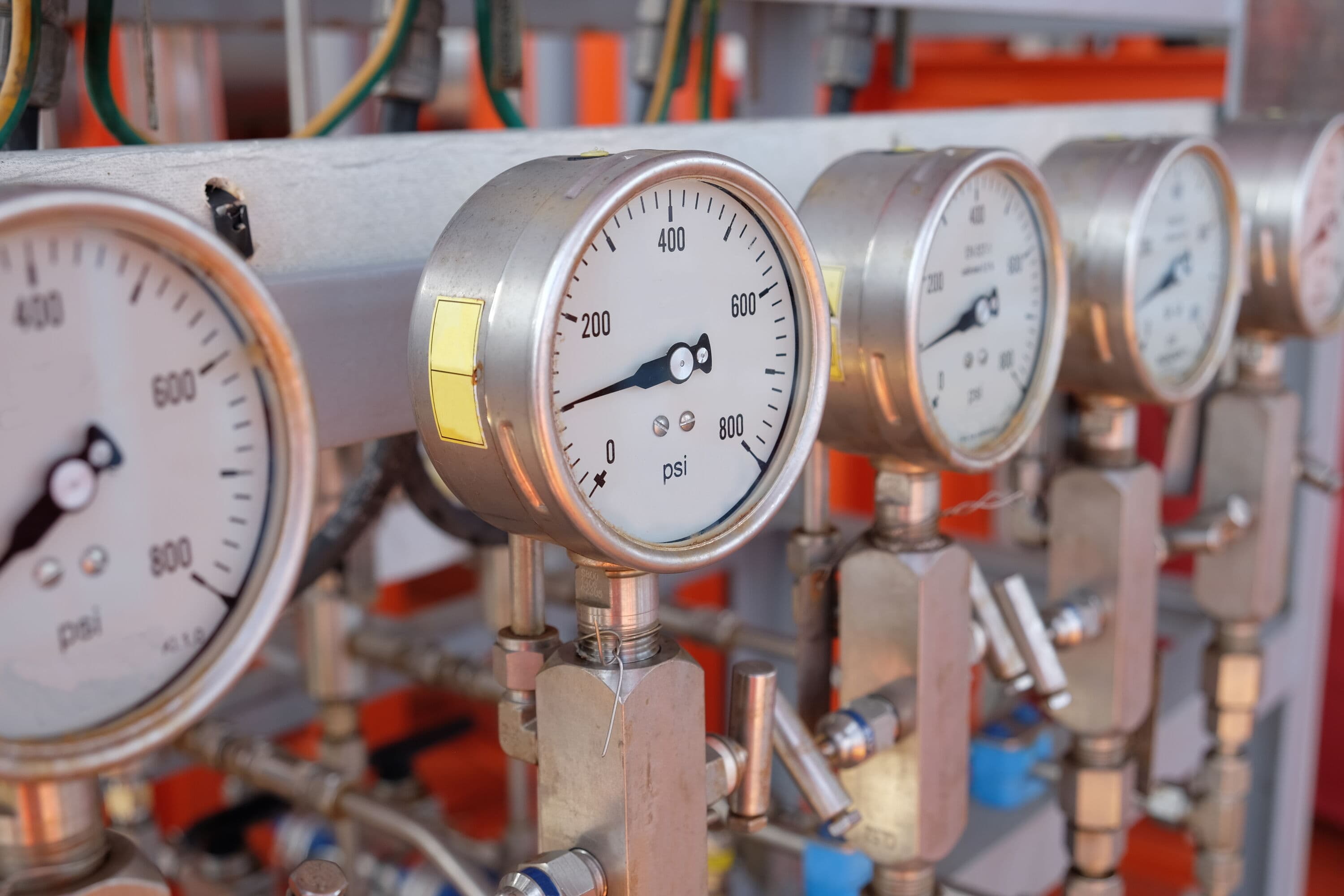Antique Show Boiler Operator
Operator Certification
Antique Show Boiler Operator
The Antique Show Boiler Operator certificate allows you to operate antique boilers.
To obtain this certificate, you will need to meet certain eligibility requirements. You will also need to pass a certification exam and an evaluation.
General Eligibility
In order to apply for your Antique Show Boiler Operator certificate, you must have:
- Proof that you have experience in the construction, repair, operation, and maintenance of antique show boilers
- Proof that you have a thorough knowledge of:
- The operation of the plant for which you are responsible
- The duties and responsibilities of a plant operator
Evaluation Eligibility
You must:
- Provide written proof that you are the owner or designated person responsible for the operation and maintenance of an antique show boiler
Refer to:Safety Regulation for more information.
Apply for an Evaluation
To apply, please complete the plant operating experience form 1026. Once you've filled it in, log in to your Online Services account, start your certificate application and follow the steps to upload the completed form and submit your application. Your proof of experience form will be reviewed by a Provincial Safety Manager. Don't have an account? Sign up now.
If you wish to submit your form by mail, please address it to:
Suite 600 - 2889 East 12th Avenue, Vancouver, BC V5M 4T5.
Apply for an Exam
To apply, log in to your Online Services account and follow the steps. Don't have an account? Sign up now.
If you wish to apply by mail, please fill out the Contact Us form to request a paper form.
Technical Safety BC will contact you to book your exam once your application has been approved.
About this Exam
This exam is 3.5 hours long, and you must achieve a minimum grade of 65% to pass. View the syllabus.
Related Information
Boiler Safety Awareness
Ready to get your Boiler Safety Awareness certificate? Here’s what you need to know.
Learn MoreOil Well Boiler Operator
The Oil Well Boiler Operator certificate allows you to operate an oil well plant that operates on a portable oil rig or drilling site. Learn how to earn the certificate.
Learn MoreExam Information
Our exams are held across most of our offices in BC, we also have an online exam option.
Learn More